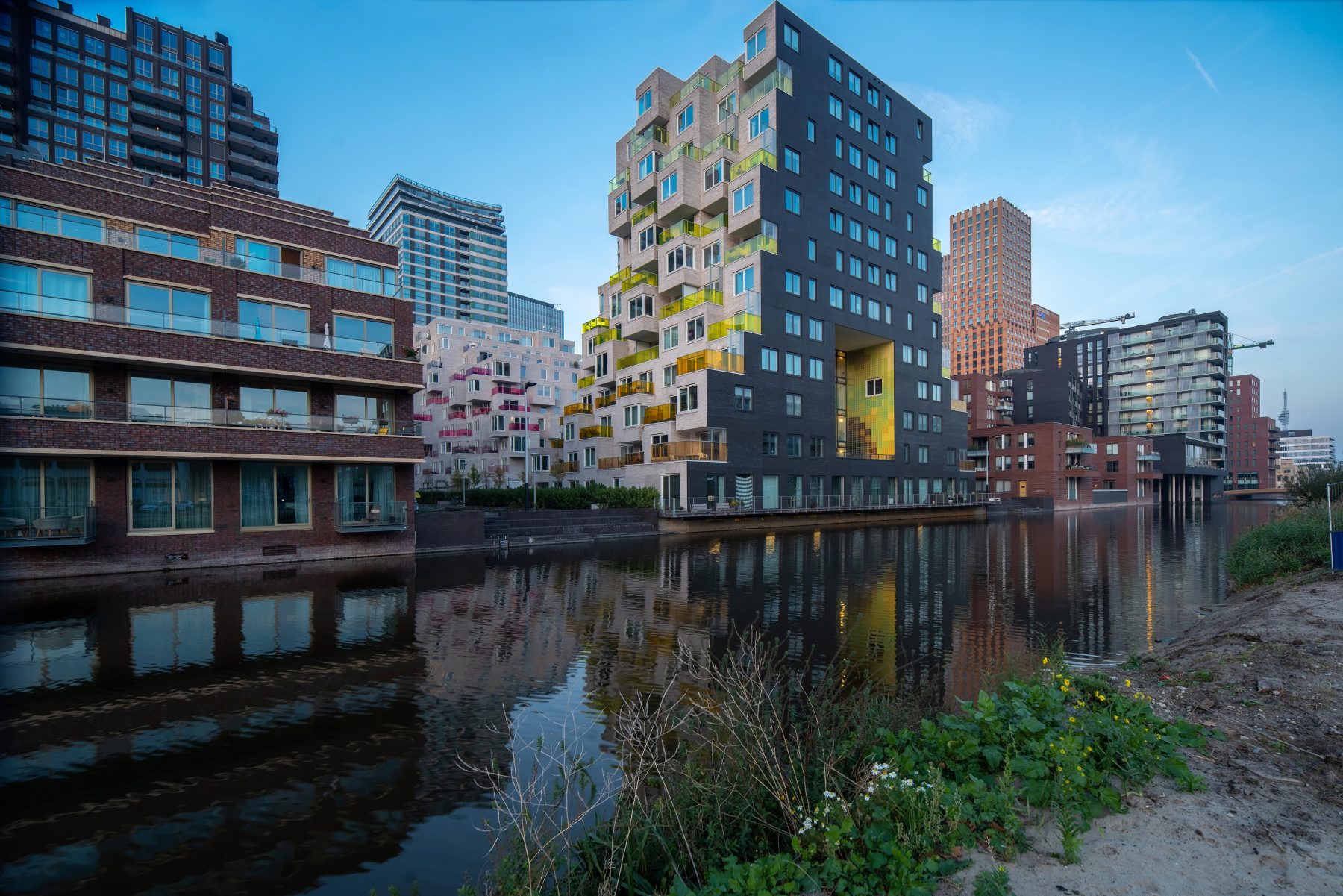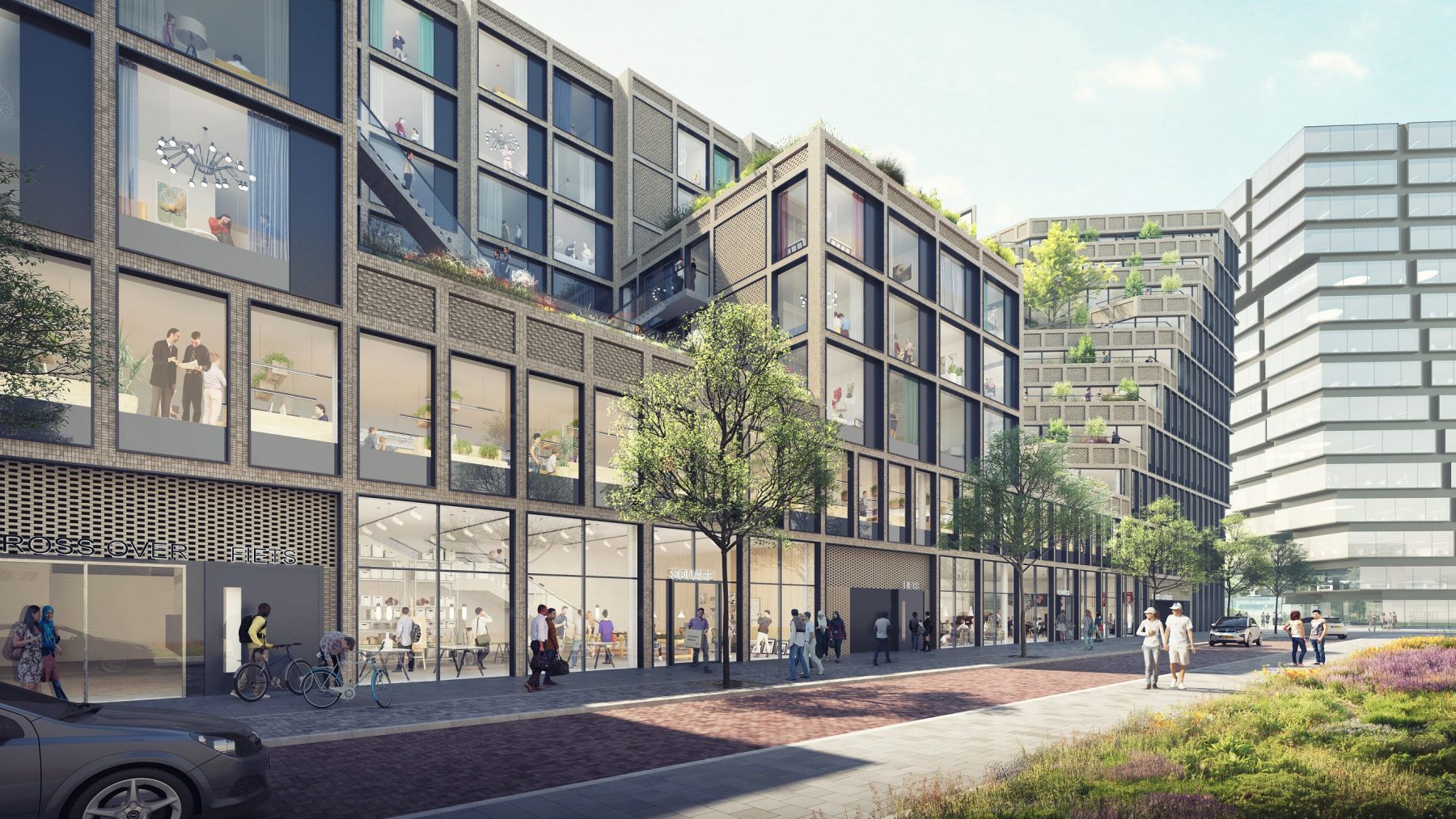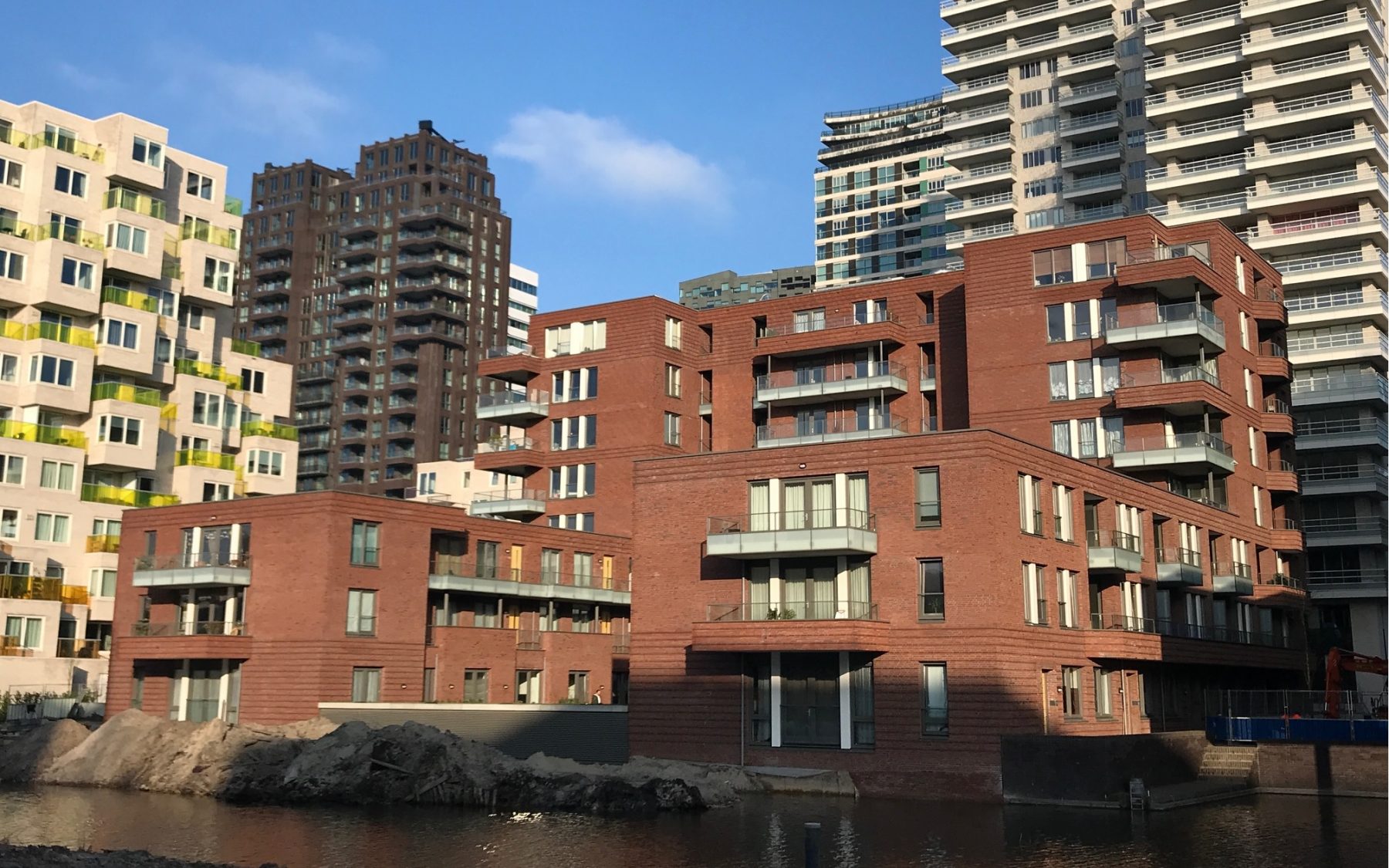For some time now we have been busy transforming Zuidas: from an exclusive business district to a mixed urban Amsterdam neighbourhood with a unique character. Zuidas is determined to retain its reputation as a prime location for international businesses. However, Zuidas is already more than that. At the moment approximately 4,000 people live in Zuidas. We are noticing that this is one of the reasons why it is becoming a more vibrant place, with more opportunities for retailers and hospitality businesses and more and more facilities as well. The construction of between 7,000 and 10,000 homes in the coming years will cause the number of residents to increase to approximately 20,000. In that way Zuidas will have grown to become a proper urban district in its own right. For whom? For everyone. So also for people on lower budgets. After all, Amsterdam wants to be a mixed city with no separation between neighbourhoods exclusively for affluent people and neighbourhoods for people with less money to spend.
Housing Agenda
In July 2017 Amsterdam city council adopted the Housing Agenda for 2025 (Dutch). This document provides a framework and direction for the city’s housing policy up until 2025. In the future, new construction plans must include affordable, mid-price and expensive homes and then in the ratio 40% public-sector rented housing, 40% mid-priced and 20% non-subsidised.

Misconceptions
There are misconceptions regarding the question of whether Zuidas complies with the new policy. For example, on 10 November Bas Kok argued in the newspaper Het Parool that the Zuidas plans ‘(appear to) include almost no public-sector rented housing’ and that Zuidas risks becoming ‘an exclusive reserve for the happy few’. Recently, comments have also been made on social media to the effect that there is ‘no public-sector rented housing’ in Zuidas. The reason was the information we published about the development of a plot along the A10 motorway. In it, we ask market parties to put forward high-quality and sustainable proposals for the development of offices, facilities and mid-segment housing. We do not assess the task per plot, but we assess the task in the context of the entire Zuidas neighbourhood. We are going to make sure that that task is in line with the details adopted by the city council in the Housing Agenda for 2025.
Rules
The municipality has also drawn up rules for the implementation of the Housing Agenda. Among other things, these state that the ratio does not apply ‘to locations for which the municipality has already entered into contractual obligations with a market party’. We are therefore not going to break open agreements which have already been made with developers. That could result in huge financial risks and delays.

More social housing
What exactly are we going to do now? First and foremost, social housing already exists in Zuidas and new public-sector rented housing is planned. Since December 2017, housing corporation ‘Eigen Haard’ has been renting out 58 public-sector rented homes in the heart of Zuidas. In the Kop Zuidas area, which is the most eastern part of Zuidas, the Crossover residential complex is going to be built, offering more than 200 dwellings, of which a significant number will be public-sector rented homes. Plans are also being made to build public-sector rented housing elsewhere in Zuidas in the coming years. One of the areas in which these are going to be built is the above-mentioned plot along the A10 motorway. This plot is part of a ‘development field’ (the Eastern Development Field) which will include public-sector rented homes. According to the schedule, these have to be completed at approximately the same time as the homes, offices and facilities along the A10. Public-sector rented housing and mid-segment homes are also included in plans for other plots in Zuidas, for which no agreements have yet been made with developers. In this way, we are building a typical Amsterdam urban neighbourhood with its own unique character.

Give your opinion